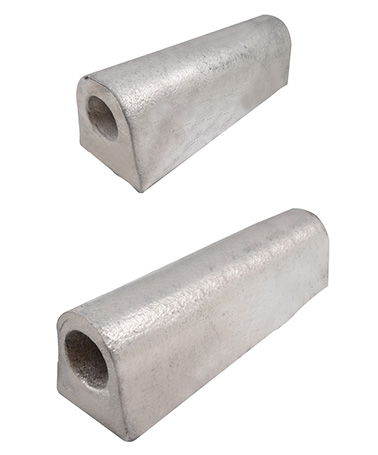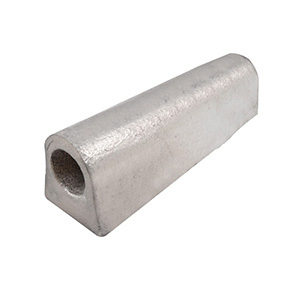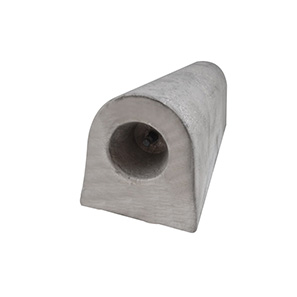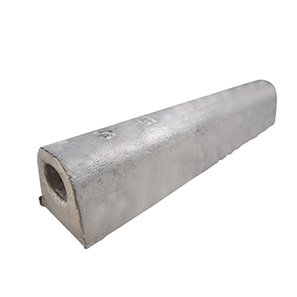Products
Corrosion is the loss of its metallic properties by entering into a chemical or electrochemical reaction with the environment it is in.

Most of the metals are not resistant to the effects of water and atmosphere and may corrode even under normal conditions. It is used for cathodic protection of Natural Gas Pipelines, Potable Water Pipelines, Petroleum Pipelines, Fuel Oil LPG and Water Tanks.
The production and use of Magnesium Anode is a completely engineering subject. The poor quality of the materials used during the manufacture of Magnesium Anodes affects the anode life.
Our company constantly controls the quality of the materials used during production and constantly tests the Magnesium Anodes it produces.
The Anode Life Test in the TSE standard gives the most accurate information about the anode quality.



| Ma | WEIGHT(%) | High Potential Magnesium Anode AZ63 | High Potential Magnesium Anode AZ63 |
| Element | DIN 12438 | TS 9234 | TS 9234 |
| Aluminum | 0.01 % max | 0.05 % max | 5,3 – 6,7 |
| Zinc | 0.05 % max | 0.03 % max | 2,5 – 3,5 |
| Manganese | 0.5 – 1.3 | 0.5 – 1.5 | 0,25 – 0,40 |
| Silicon | 0.05 % max | 0.05 % max | 0.3 % max |
| Copper | 0.02 % max | 0.02 % max | 0.08 % max |
| Iron | 0.02 % max | 0.03 % max | 0.03 % max |
| Nickel | 0.001 % max | 0.002 % max | 0.003 % max |
| Other Each | 0.05 % max | - | - |
| Magnesium | Remaining | Remaining | Remaining |
Magnesium anodes used in underground pipes contain a filler bed called gypsum. The anode is connected to the metal pipe to be protected with the help of a cable. Since safety is important in pipelines, anodes are connected to a measuring box at regular intervals and are checked periodically.
| Feature | Theoric | Real |
| Current CapacityA.h/Kg | 2200 | 1323,75 |
| Anode Wear Kg/A.yıl | 7 | 6,62 |
| Anode Potential Cu/CuSo4 | 1,5-1,7 | 1,75 |
| Anode bearing filler | Type A | Type B |
| Current Capacity A.h/Kg | 70-75 | 25-30 |
| Anode Wear Kg/A.yıl | 20-25 | 40-50 |
| Anode Potential Cu/CuSo4 | 5-10 | 25-30 |
| Electrical Specific Resistance | 50-100 | 25-50 |

